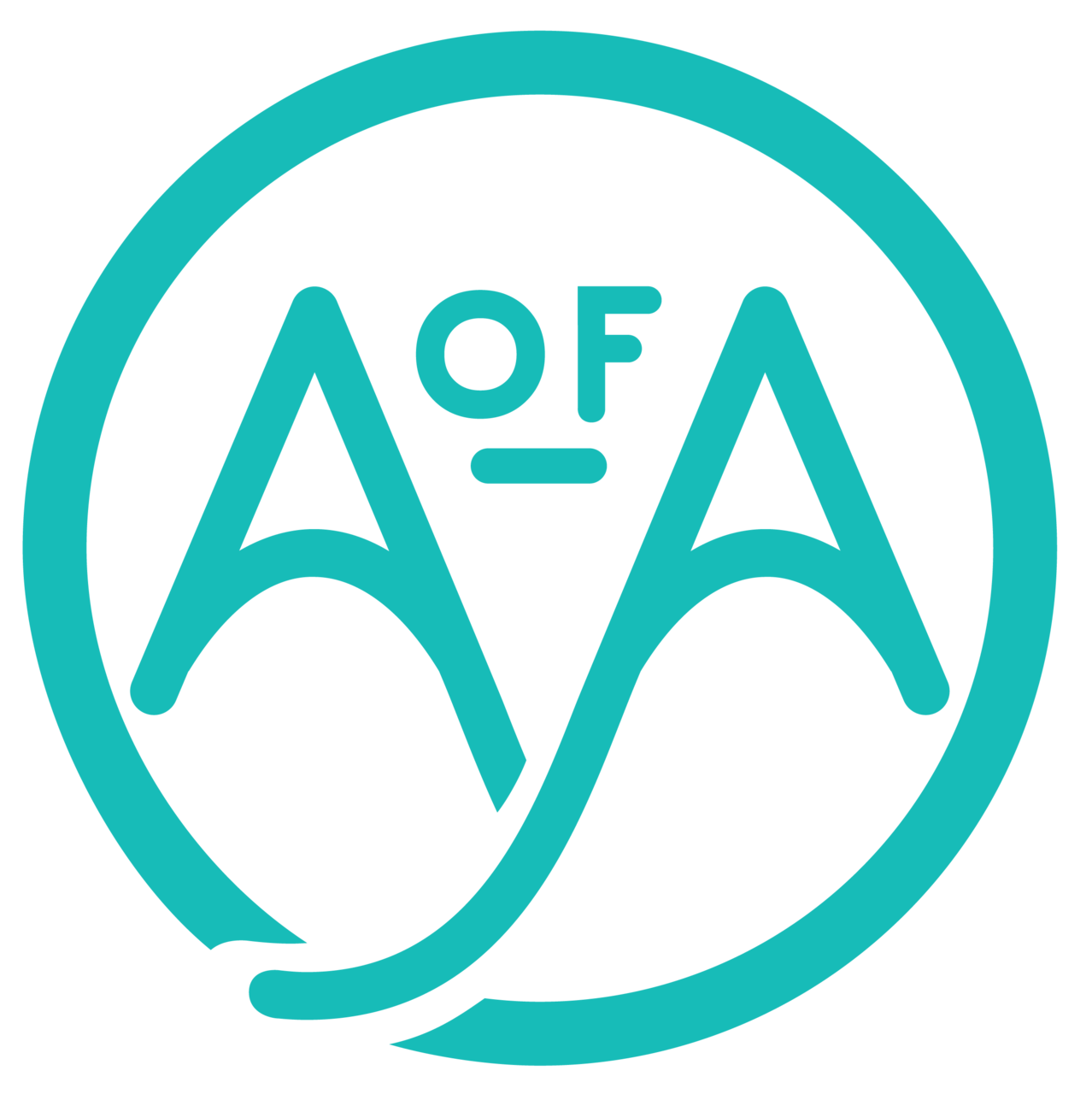
Advantages of Age
We are a social enterprise (not for profit). Creating a safe space to discuss all matters relating to ageing...gracefully or disgracefully! It's our choice. That's the point.
“I LOVE LOVE LOVE LOVE LOVE the stories you share. ”...”
Marianne Power, Help Me! Newsletter
“Filled with wonderful articles about ageing gracefully or disgracefully. If you want the lowdown on how to live your later years to their fullest, this should be your go to place. ”...”
Suzanne Noble, Sex Advice for Seniors